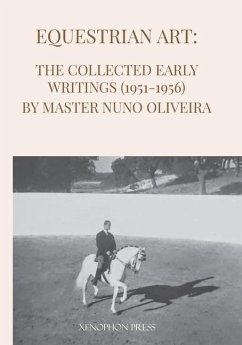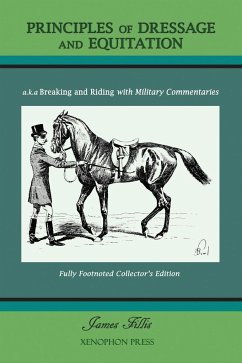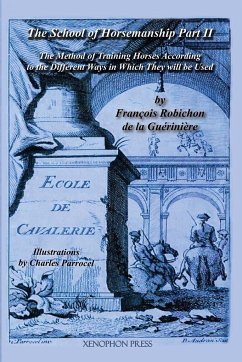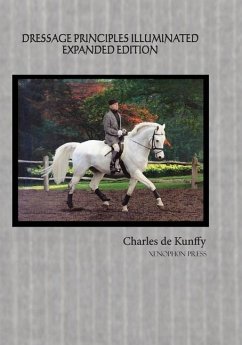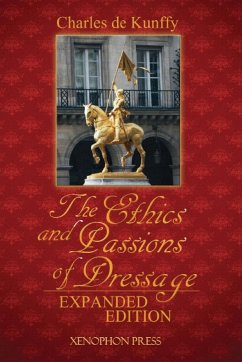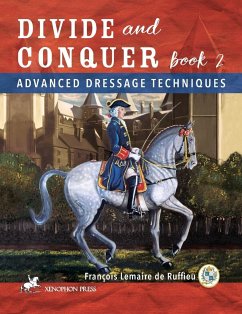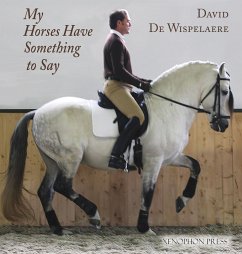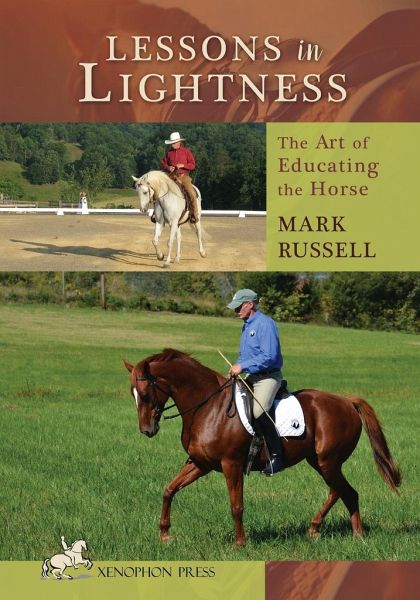
Lessons in Lightness
The Art of Education the Horse

PAYBACK Punkte
17 °P sammeln!
Shows how both horse and rider can benefit greatly from traditional dressage techniques and exercises. This work is a step-by-step program that teaches the rider to focus on the subtle nuances of communication, while encouraging the horse to develop gymnastically so they can respond quickly and efficiently.
Mark Russell (1951-2016) explains the theories and methods of the Old Masters in his easy-to-implement progression suitable for educating the riding horse in all disciplines. Lessons in Lightness offers the rider the concept of educating rather than training the horse using relaxation as the cornerstone. A tense horse has difficulty assimilating new information, yet relaxation often can be a difficult state to achieve. Mark Russell demonstrates not only how to attain relaxation but also how to maintain it throughout the horse’s education. Following Mark’s well-illustrated advice, energy is created in the horse without tension; the resultant free-flowing energy can be merely directed instead of forced. The progression of obtaining relaxation is fully explained by first accessing the horse’s jaw, then working down the entire spine to the hind feet. The method incorporates all lateral movements, in-hand work and under-saddle work in all gaits. Educated using this progression, the horse will develop flexion and strength in a bio-mechanically beneficial way while avoiding emotional stress and physical strain. In this vein, Lessons in Lightness is written with the horse’s perspective in mind. After working with horses in a variety of capacities, Mark studied with Master Nuno Oliveira and, according to Mark, this "changed everything." Mark enriched his horsemanship with his practice of Tai Chi, Chi Gung, and Natural Horsemanship. Mark was a popular clinician who was uniquely able to assist all horses and riders, regardless of their experience level in their chosen discipline. Mark Russell was tragically killed in a riding accident on June 12, 2016. Mark’s wife, Hela is committed to preserving his life’s work. For more information visit www.naturaldressage.com.





